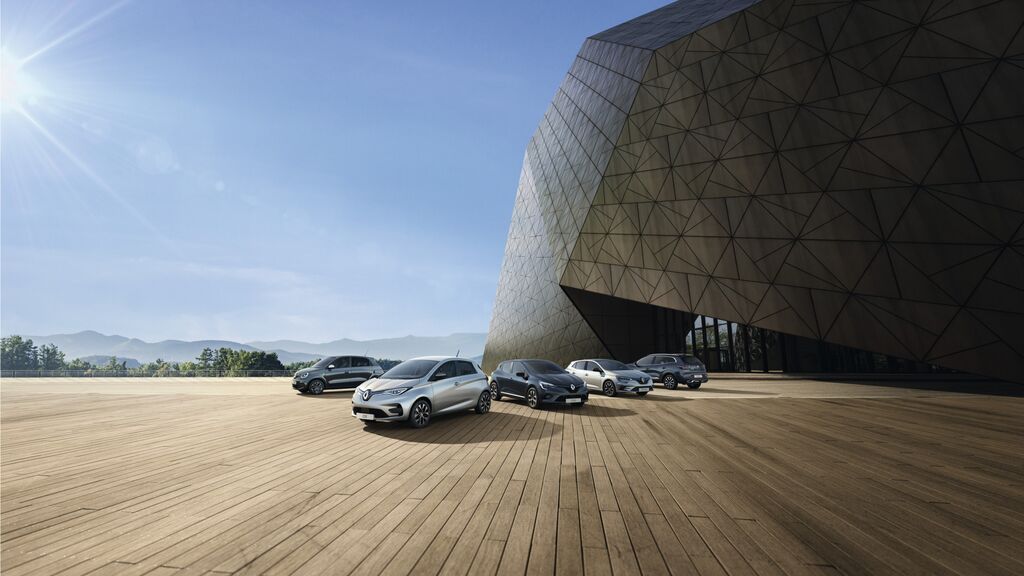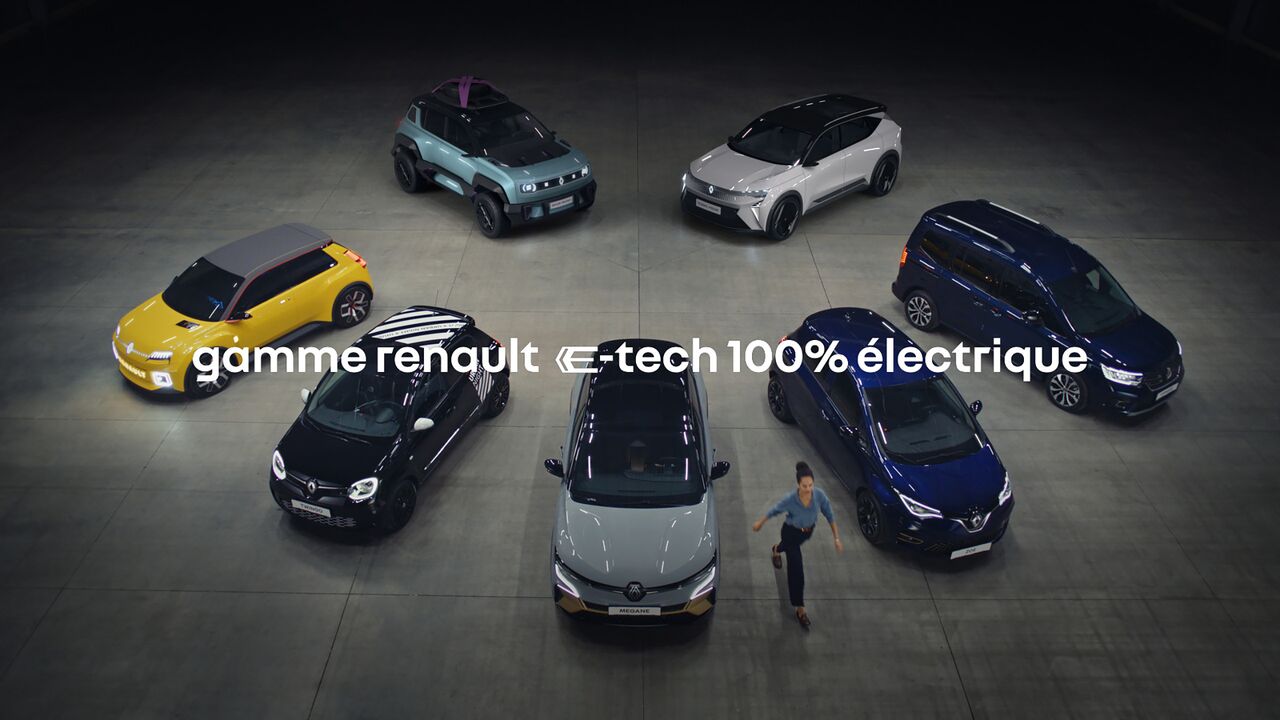EVERYTHING YOU NEED TO KNOW ABOUT THE BATTERIES OF ELECTRIC RENAULT E-TECH VEHICLES
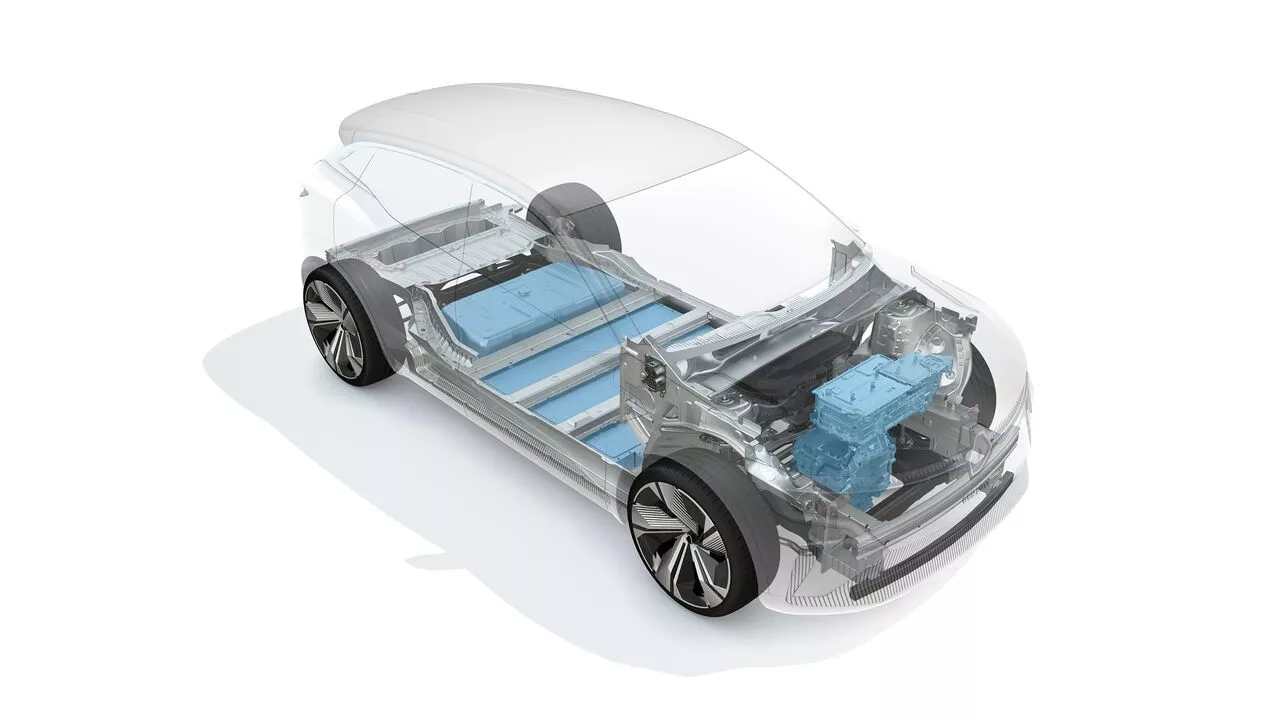
lithium ion battery
The lithium-ion battery is today the benchmark technology for electric cars.
Renault has chosen to equip its electric E‑Tech vehicles with it, because it offers the best benefit and technical compromise for the customer:
- great autonomy thanks to high energy density;
- significant chargeability by accepting high charging powers;
- performance maintained whatever the temperatures and without memory effect;
- durability and aging of the battery controlled over time.
understand a vehicle battery
100% electric Renault E-Tech
the design of our batteries
The traction battery is the main element of your electric vehicle, it is designed and produced with the greatest care. Our goal is to reduce its size while ensuring optimal performance.
The battery is made up of several elements to ensure its operation:
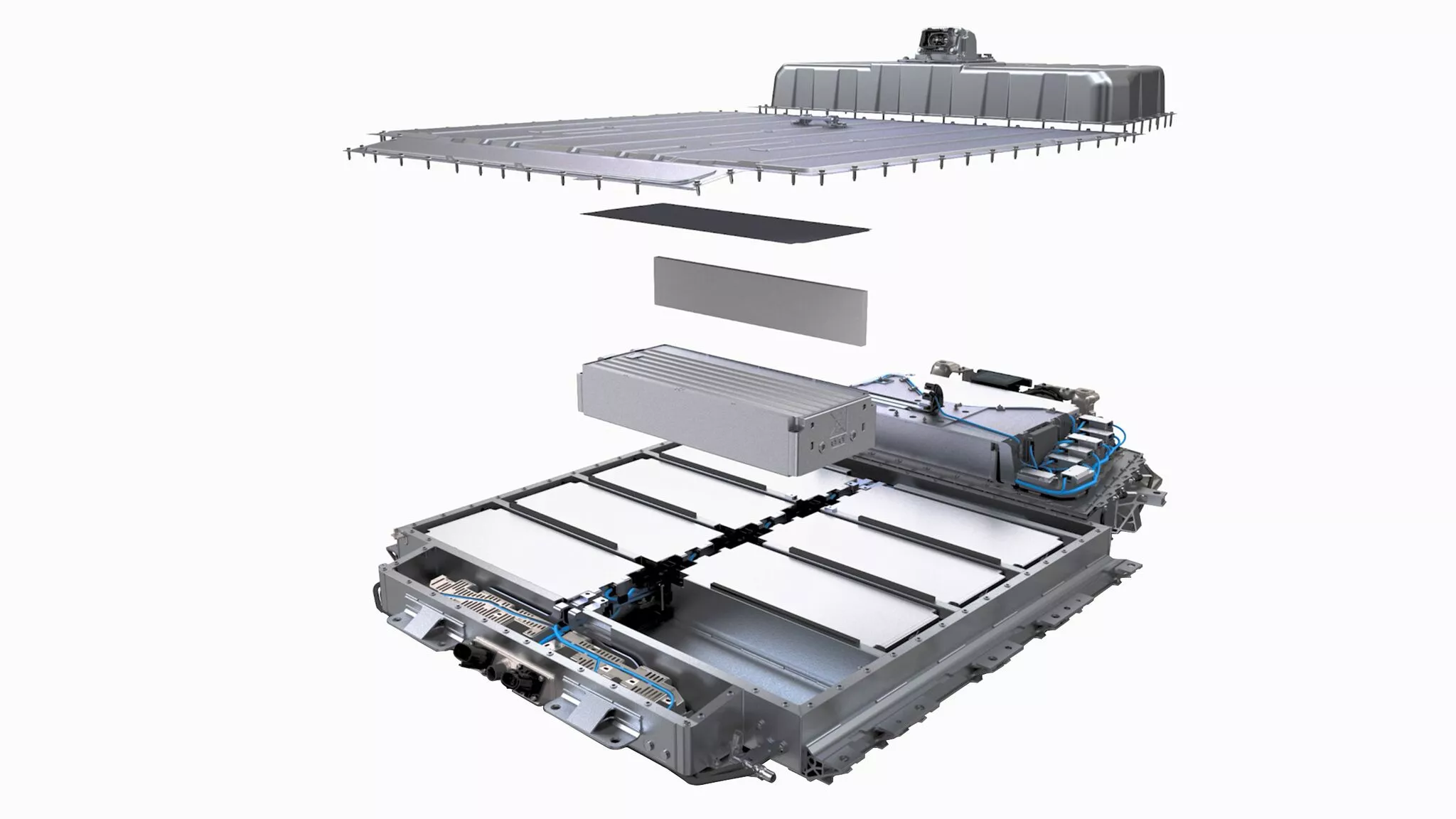
HOW DOES AN ELECTRIC BATTERY WORK?
The lithium-ion battery is a component that converts chemical energy into electrical energy. This is possible thanks to a chemical reaction which takes place between 2 electrodes within the cells, one positive (the cathode) and the other negative (the anode), all immersed in an electrolyte.
When the battery powers your car, the accumulated electrons are released in a constant flow of energy through the vehicle’s network between the anode and cathode to power the electric motor.
Conversely, when the battery recovers the energy transmitted by the charger or regenerative braking, the electrons return to their initial place.
battery performance
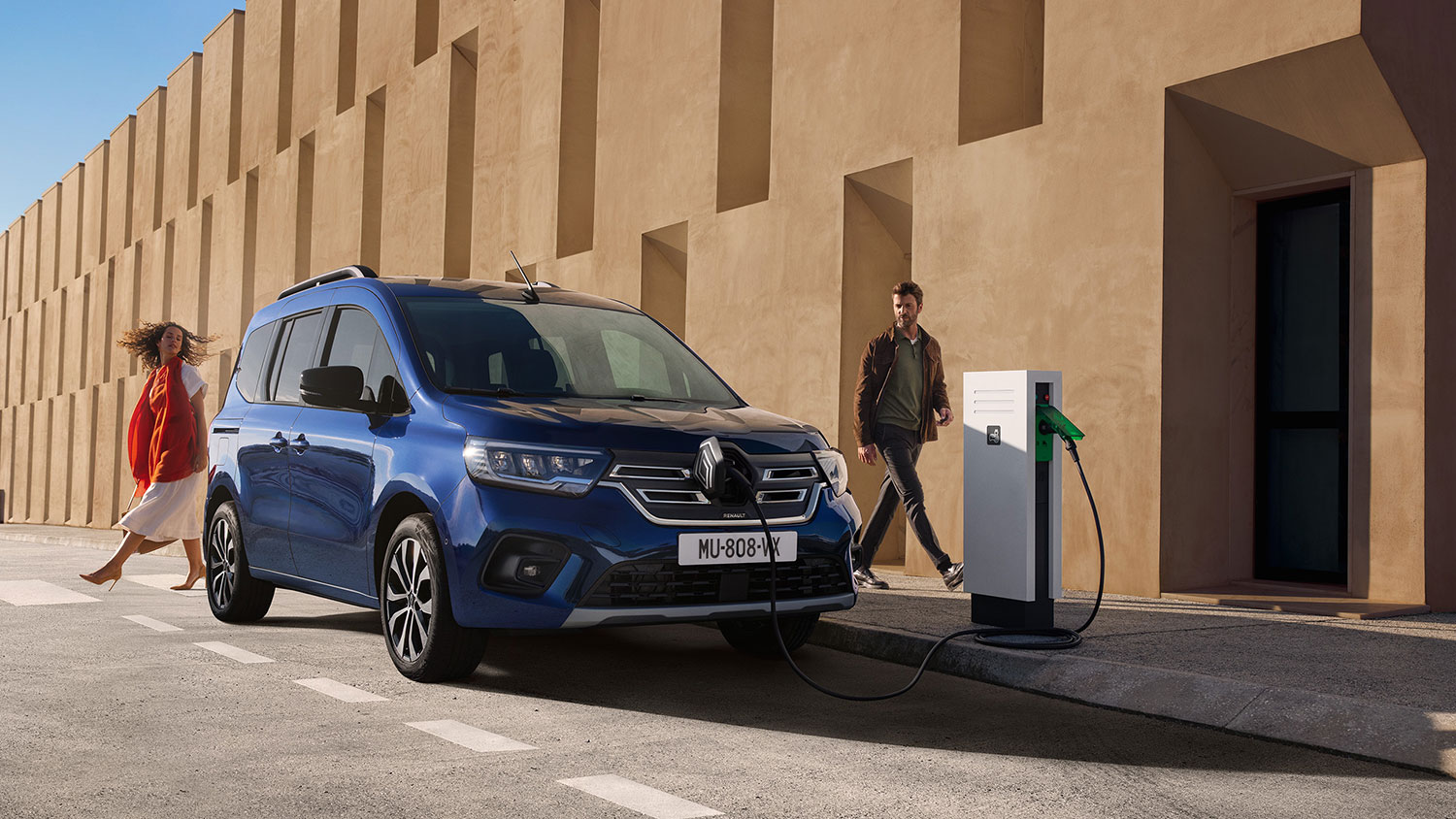
ability
Battery capacity is expressed in kilowatt hours (kWh). It should not be confused with the instantaneous power of the electric motor or a recharge expressed in kilowatt (kW).
It is possible to compare this with thermal vehicles: a fuel tank whose capacity is expressed in liters (l) and the power of an engine, expressed in horsepower (hp).
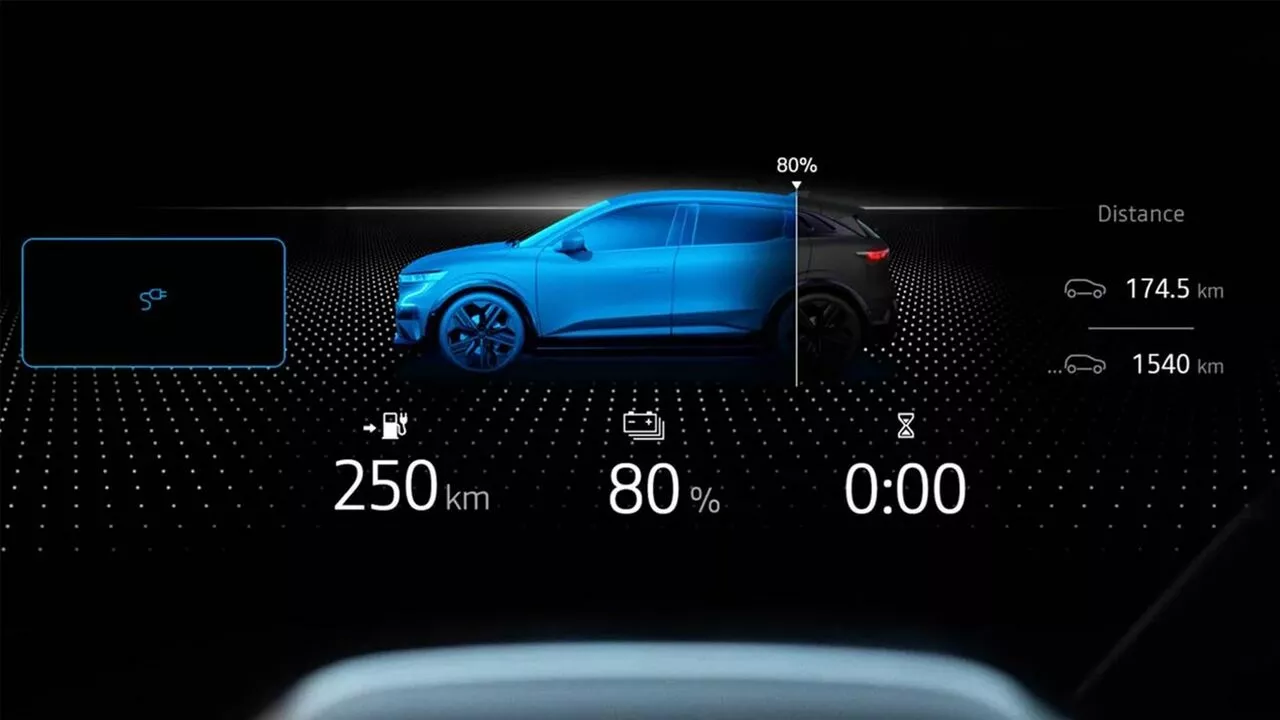
autonomy
It mainly depends on the capacity of the battery, the higher it is, the more kilometers the vehicle can travel.
However, other factors influence the range of the electric vehicle: the weight of the vehicle, driving style and weather conditions.
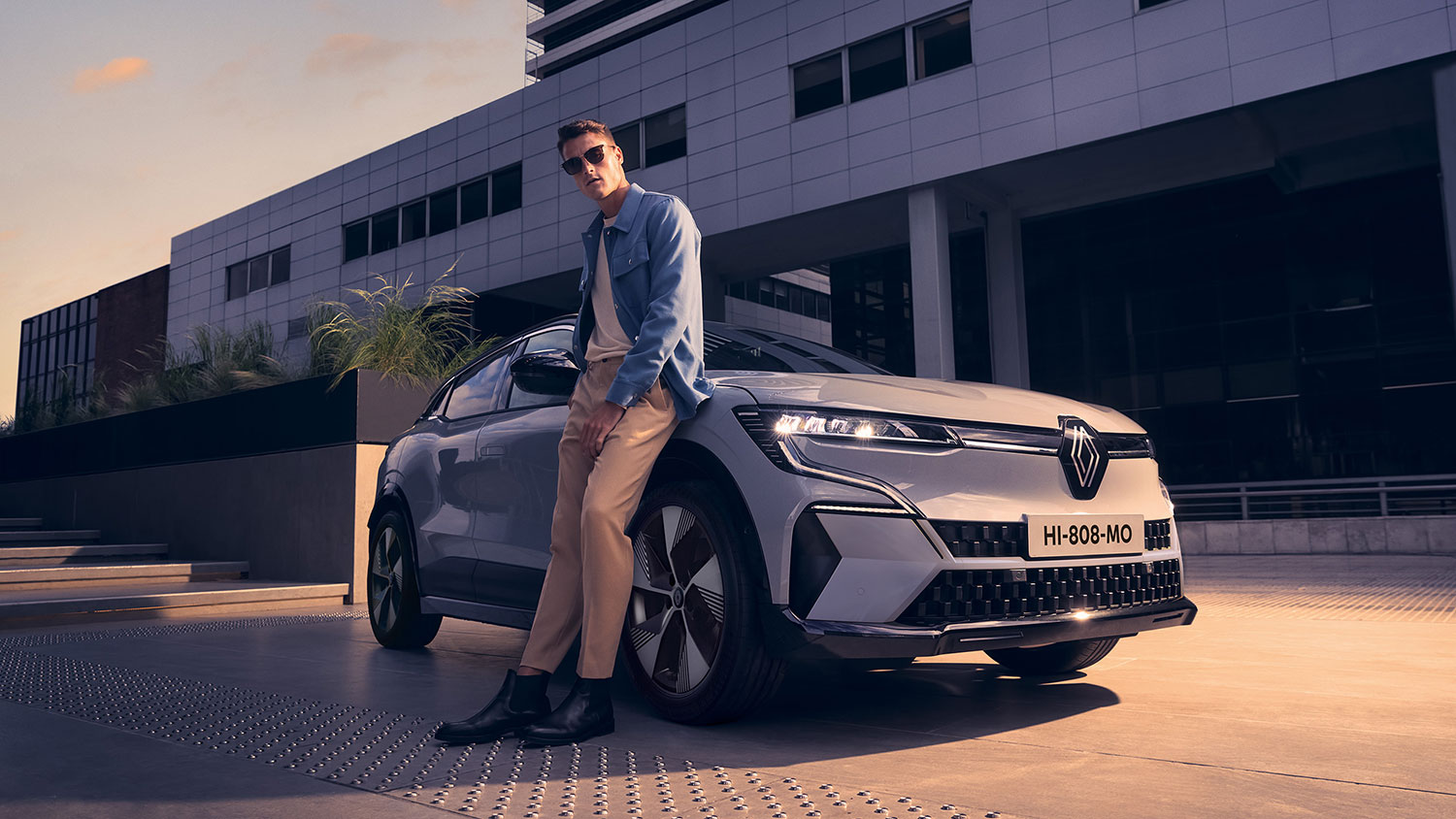
example Renault Megane E-Tech electric
Renault Megane E-Tech electric: 60 kWh stored in an 11 cm thick battery, all for a range of up to 470 km WLTP per recharge.
Ranges vary on all of our vehicles, discover our electric Renault E-Tech range .
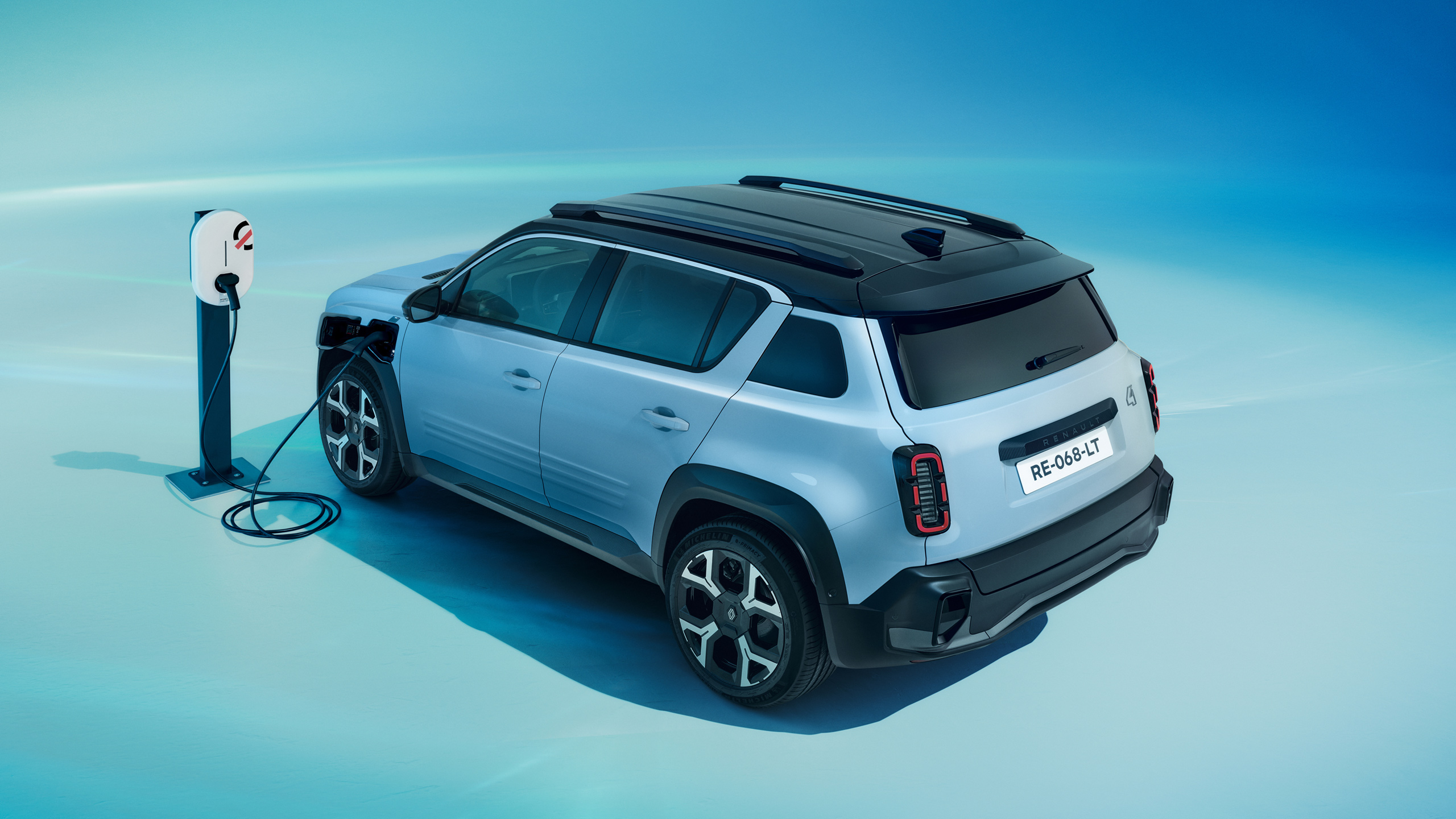
chargeability
The main role of the battery is to ensure the storage of energy and its redistribution, it ensures the autonomy of your electric vehicle. In its design, we take into account its chargeability, that is to say its capacity to absorb the power supplied (kW) quickly regardless of the type of charging.
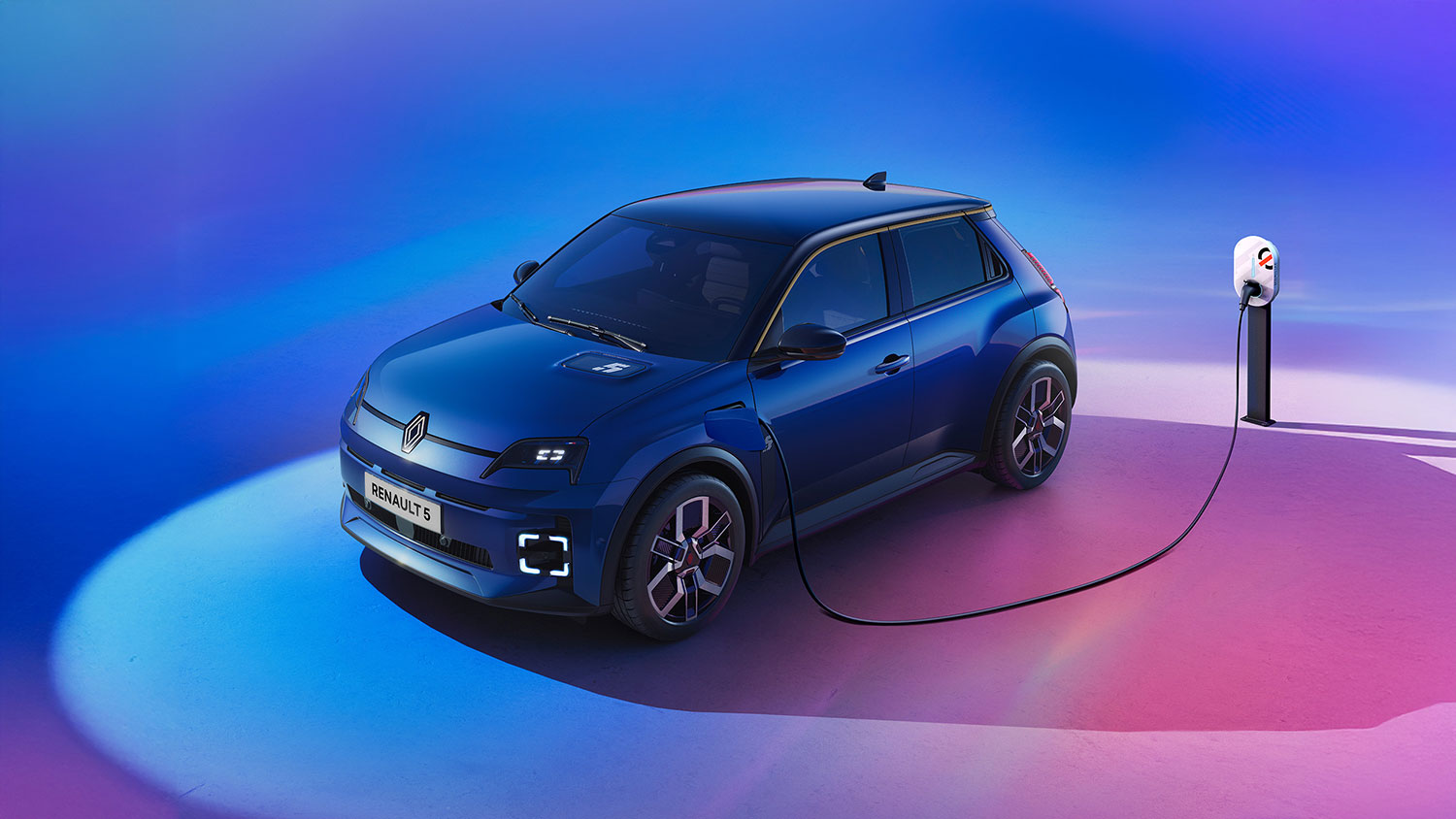
Loading time
The batteries in our E-Tech vehicles are designed to offer the best compromise between stored energy and charging time. Ideal for responding to demands on the highway or having effective recovery during ultra-fast charging.
With the 100% electric Renault Megane E-Tech, you regain up to 200 km of range in 30 minutes. It offers great charging versatility up to 22 kW on an AC network and up to 130 kW at maximum peak on a fast terminal on a DC network.
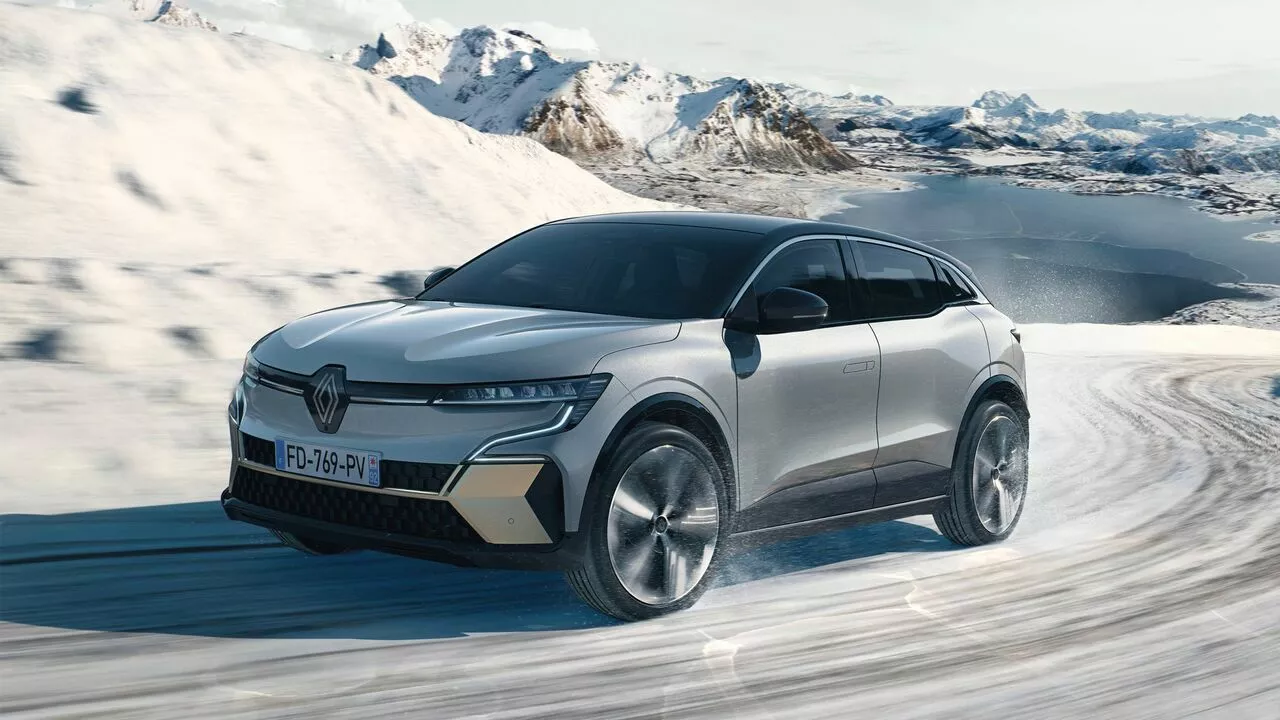
external conditions
The battery is also subject to external conditions. To ensure the proper functioning of the vehicle, we regulate operating temperatures through our cooling system integrated into the battery. And thanks to our openR link system with embedded Google Maps, when approaching a programmed DC charging station , we preheat the battery to optimize charging power*
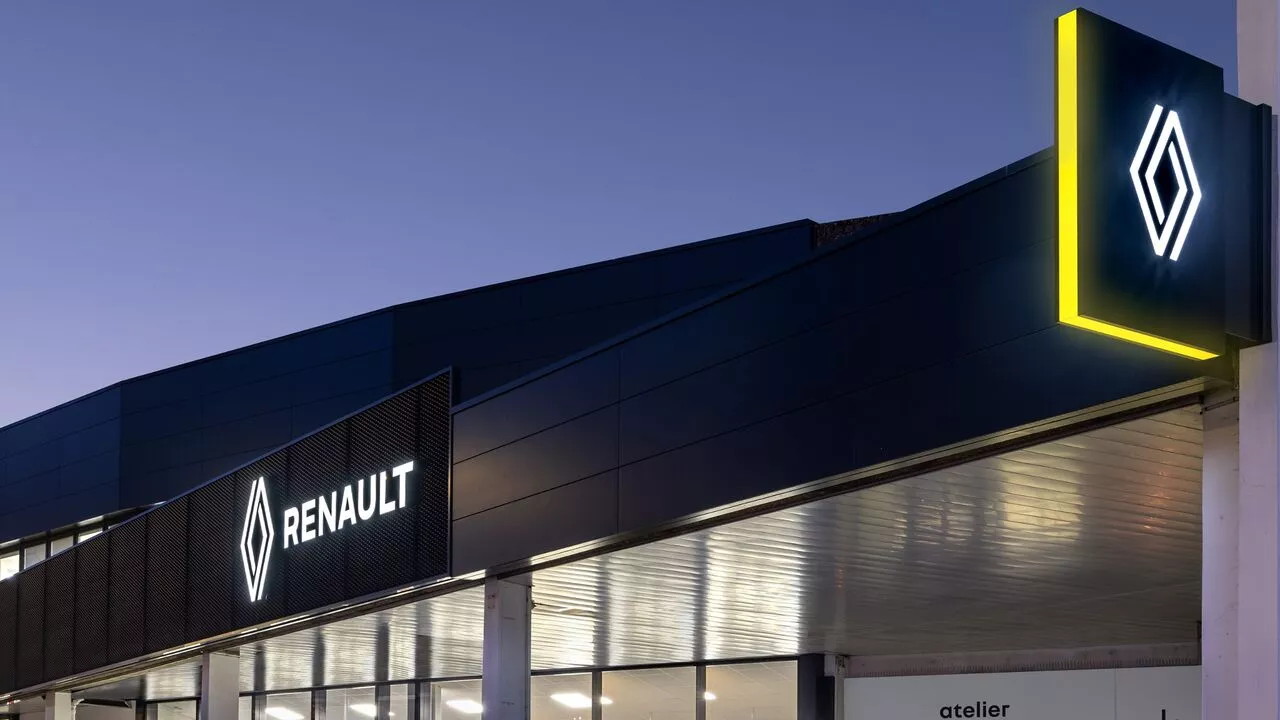
Renault expertise and quality guarantee
Renault has more than 10 years of experience since selling the first Renault Zoe. This allows us to have excellent knowledge and control of battery aging. Our know-how and our commitment are a guarantee.
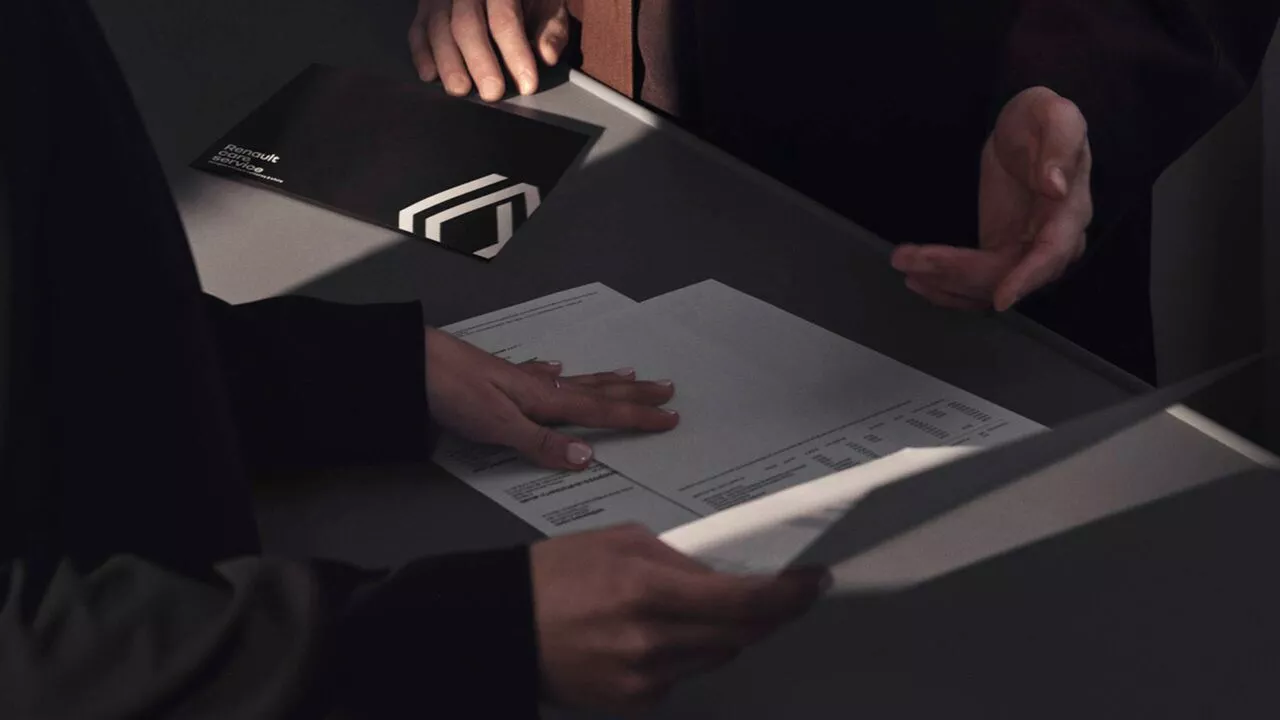
battery warranty
Our 100% electric Renault E-Tech vehicles include batteries which are guaranteed for 8 years or 160,000 km (whichever comes first). Note that there is a natural degradation like any electronic device equipped with a battery. On our new models, the battery is guaranteed to maintain at least 70% of its initial capacity over the warranty period.
battery safety
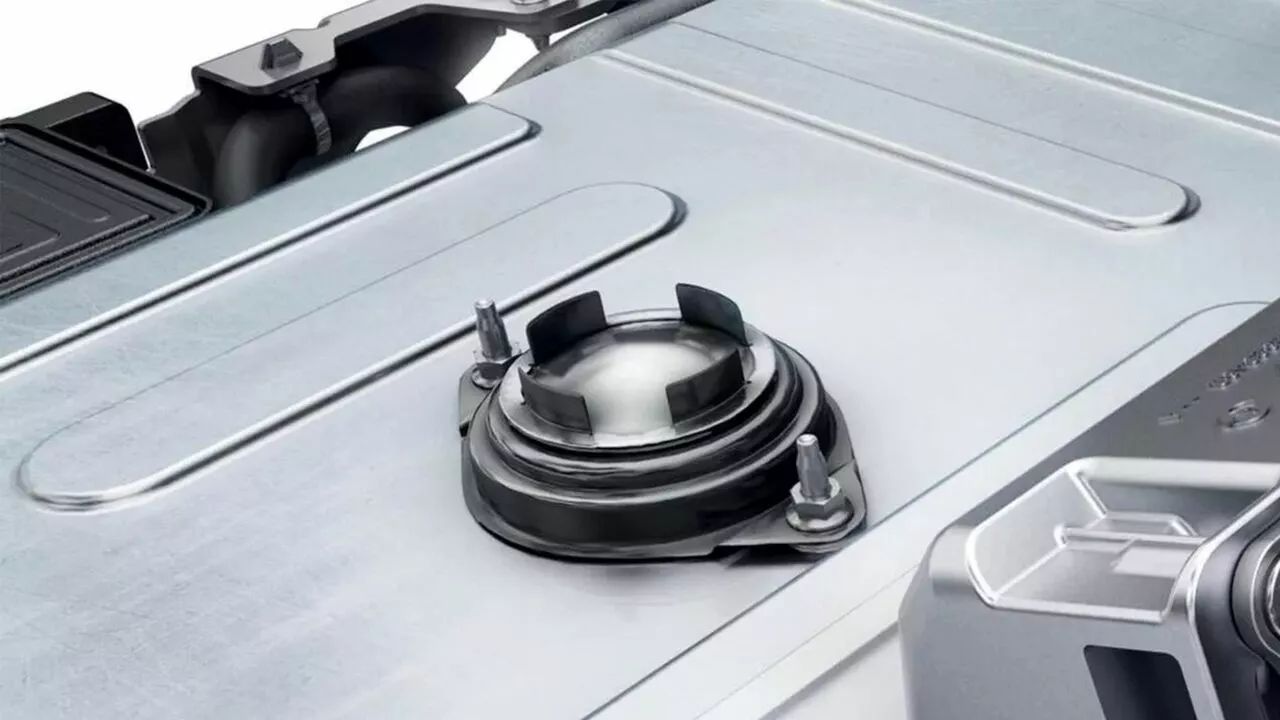
Fireman Access
Fireman Access allows firefighters to directly access the heart of the battery, if it is affected by an external fire, reducing intervention time to just 5 minutes.

the SD Switch
In the event of firefighter intervention (except fire), the battery can be instantly disconnected from the electrical network via the SD Switch innovation, thus protecting them from potential electrocution.
second life and recycling of batteries
When the batteries reach the end of their first life, that is to say between 10 and 15 years or when they fall below 70% recharge capacity, they can be replaced.
They then begin a second life, for example by being reused for the storage of renewable energies or other less demanding nomadic uses. Once this second life is over, they can then be recycled.
collection
In accordance with the European directive, Renault is committed to collecting used batteries from its electric vehicles.
All of our Renault E-Tech centers support you in your battery recycling efforts.
The Flins Re-Factory also plans to install a line for dismantling electric vehicles and batteries from 2024.
second life
Once the first life of the batteries is over, the challenge is their reuse. An issue on which the Mobilize brand is strongly positioned through its “Advanced Battery Storage” storage devices already deployed on several sites in France and Europe. The latter are used, for example, to store the energy produced by wind turbines and solar fields and thus to compensate for the intermittency inherent in these resources.
your questions about electric batteries
Unlike what was done in the early days of electric power, the majority of manufacturers no longer offer battery rental today. The reason is simple and encouraging: this technology has proven that it holds up both in terms of operation and durability.
Indeed, Renault E-Tech batteries are now guaranteed for 160,000 km or 8 years and can be replaced if their level reaches less than 70% of their initial capacity.
Renault has more than 10 years of experience with lithium-ion electric vehicle batteries. Sustainability exceeds industry-wide projections, with very little loss of capacity over 10 years.
Good to know :
- if you are interested in the principle of rental, rental options for electric vehicles (battery included) still exist at Renault;
- If you wish to resell your electric vehicle, Renault can issue a battery health certificate.
Very good to know: in all cases, thanks to a partnership with specialized companies, Renault guarantees the recycling of each battery.
Quite. Firstly because it is a legal obligation but also because for Renault, it is logical.
It is therefore a natural way that we designed the life cycle of a battery.
Our objective for 2030 is to produce 70% of our batteries with strategic materials (nickel, cobalt, lithium, etc.), coming from the recycling of end-of-life batteries. Thanks to its Re-Factory in Flins and its partnership with Veolia and Solvay, Renault Group is ahead of its competitors.
1st life: at the heart of our vehicles.
The battery will remain until its capacity is no longer suitable for the proper operation of the vehicle (less than 70% of its initial capacity). His “state of health” can be monitored via the My Renault application.
2nd life: a new use.
When the battery drops below 70% of its initial capacity, it can still be used. It will therefore participate in the proper functioning of other areas of electromobility or even in solar or wind power.
3rd life: recovery of components.
6 to 10 years later, it will enter a specific sector for the recovery of its various elements (nickel, cobalt, lithium, etc.), with the objective of recycling up to 95% of the materials that compose it.
And throughout this cycle, Renault surrounds itself with specialized partners to ensure responsible and circular production. Logic.
Want to discover our range?
